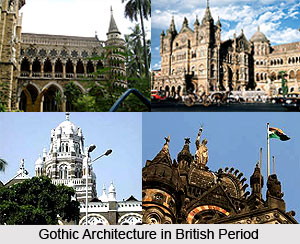 Many of the early British architectural designs, particularly when applied to churches, came from published plans for buildings already erected in England. With a shortage of architectural talent in India, often it was the British East India Company`s military engineer who copied from them for local needs.
Many of the early British architectural designs, particularly when applied to churches, came from published plans for buildings already erected in England. With a shortage of architectural talent in India, often it was the British East India Company`s military engineer who copied from them for local needs.
Colin Campbell
In 1717, Colin Campbell (1676-1729) prepared a translation of Vitruvius Britannlcus, or the British Architect. The work supplied architectural precepts both of Roman Vitruvius and Palladio.
James Gibbs
In 1728, James Gibbs (1682-1754) published his Book of Architecture. Gibbs reproduced in this work his design plans for St. Martin-in-the-Fields, London. It served as an important prototype for many of the churches erected during this period in India.
James Paine
In 1751, James Paine (1725-1789) produced Plans, Elevations and Sections of Noblemen`s and Gentlemen`s Houses. This work contained many of the designs used by Paine when constructing Kedleston. These designs found application in India, most notably in the Government House at Calcutta.
William Hodges
In 1787, William Hodges (1744-1797) published his Dissertation on the Prototypes of Architecture: Hindu, Moorish, Gothic. He hypothesised that a structure should suit the associated climate and complements the local climate. The available construction materials and habits of the building`s users should play on its design. It is evident from such scholarly writings that the early English people who had plans to design the Indian architectures splendidly, had taken much pains to build up memorable edifices back in India.
This article is a stub. You can enrich by adding more information to it. Send your Write Up to content@indianetzone.com




